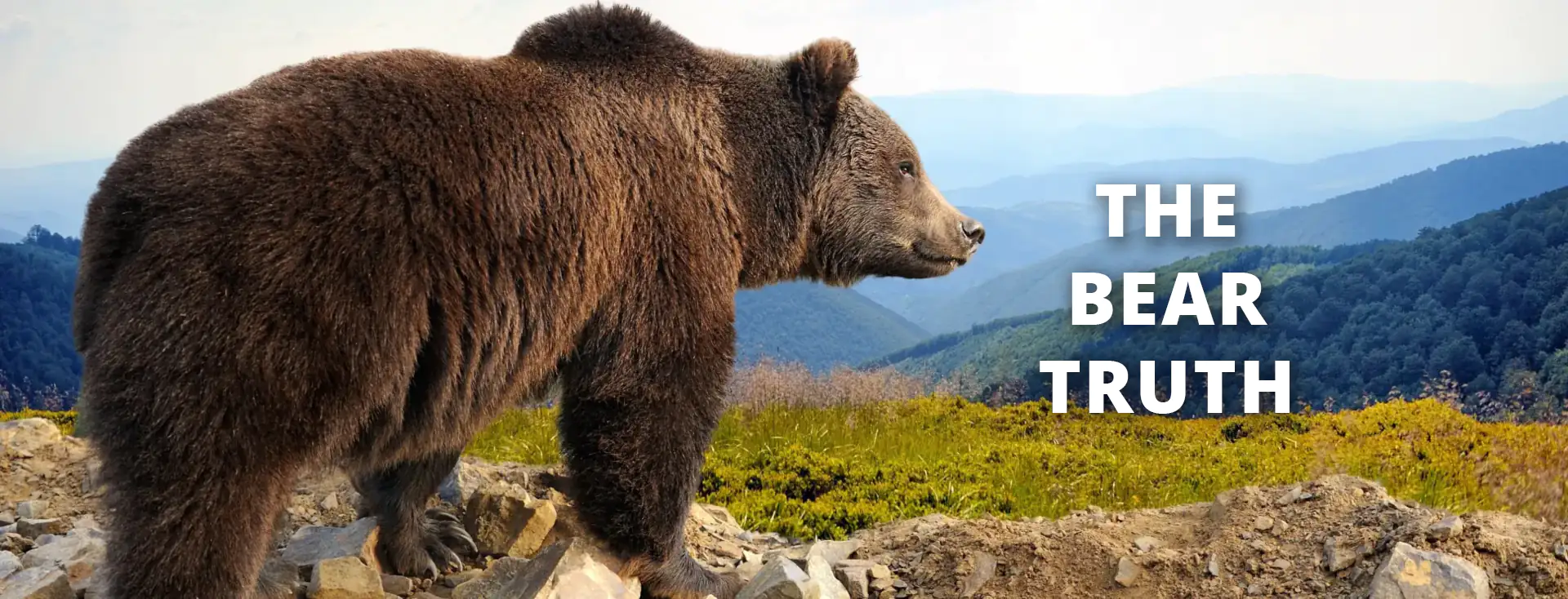
BearBlog.ca
THE BEAR TRUTH
BearBlog.ca is all things bears and other predators. It is your opportunity to:
- Post bear stories and images.
- Share studies and information about bears.
- Provide information and locations on recent bear sightings of concern or confrontations.
- Share links for all of the above.
Read More About Us View the Studies Submit A Post
We have just begun so please post your stories and images, past or present. We hope you like the stories!
KUDO’S TO MONTANA!
Feb 18, 2023, 11:12 a.m.
INCREASING GRIZZLY NUMBERS AND CONFLICT IN MONTANA HAS SET IN MOTION EFFORTS FROM MONTANA CITIZENS TO TRANSFER GRIZZLY POPULATION MANAGEMENT FROM THE FEDERAL GOVERNMENT TO THE STATE. Kudo’s to Montana citizens for their serious effort in taking a pro-active stance, making science based policies on predator management as opposed to emotional miss-management.
Grizzly bears 'regular residents' of Manitoba after sightings jump
Oct 25, 2022, 1:10 p.m.
Mother grizzly spotted with cubs, but breeding population not yet confirmed.
House Mauling
Oct 24, 2022, 4:40 p.m.
It was late and I was just getting ready for bed. Suddenly there was a loud noise. It sounded like the roof was falling in.
Watch: Bear attacks climber on mountain in Japan
Oct 18, 2022, 9:47 a.m.
A hiker captured the shocking moment he had to fight off a black bear while climbing in the mountains in Japan.
THE BEAR TRUTH a news article by Stan Walchuk Jr.
Oct 10, 2022, 1:19 p.m.
Canadian author/adventurer/educator Stan Walchuk Jr. is on a mission he calls ‘The Bear Truth’. He has just released ‘HORRIBILIS’, a gritty novel that entwines aging game warden Tom Beck
